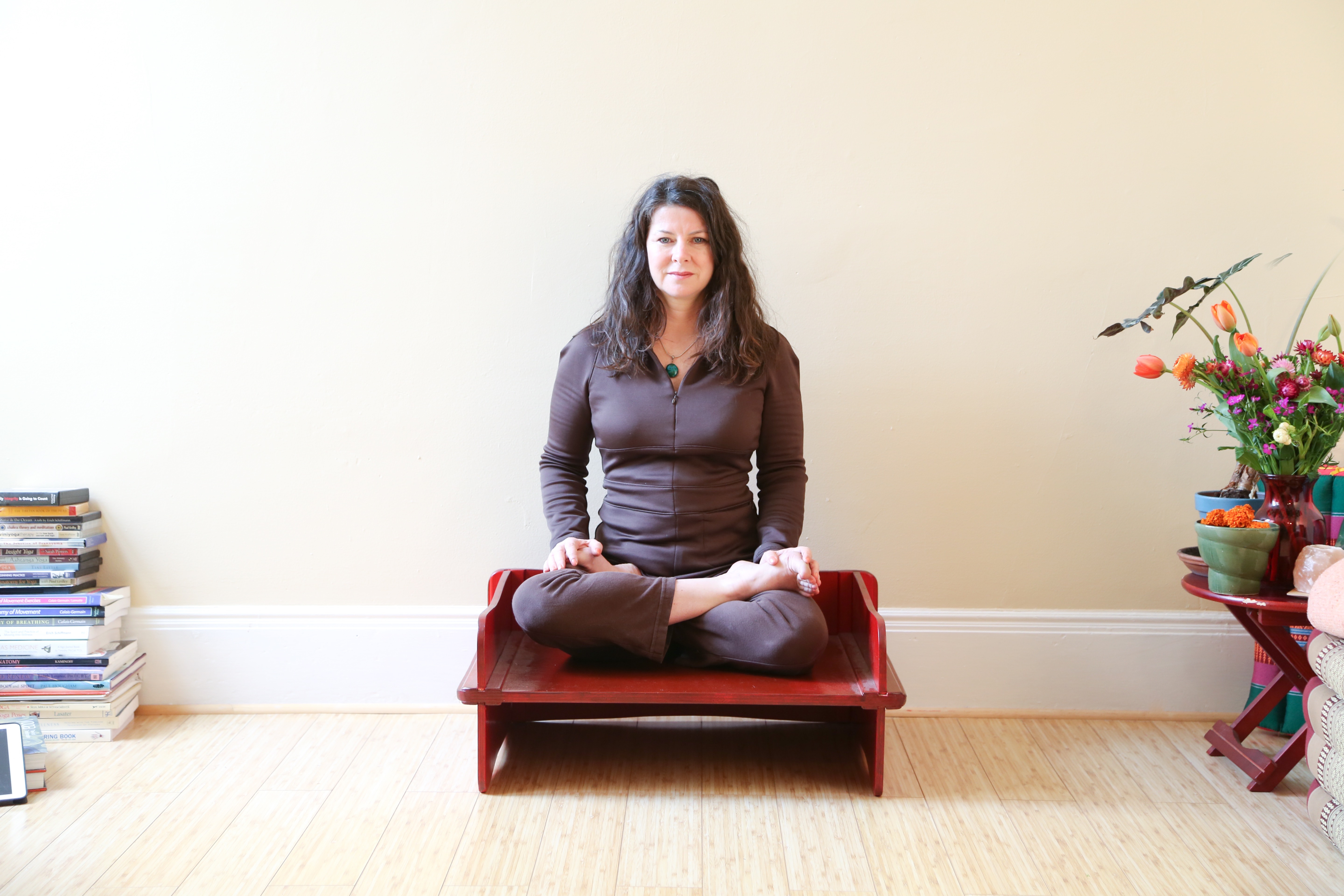 One bit of positive feedback I hear about my classes is that they unify the physical with the meditative experience– both during and after the practice. So, in this issue I’d like to shed some light on an aspect of practice that helped me unify these two seemingly opposing parts of the self.
One bit of positive feedback I hear about my classes is that they unify the physical with the meditative experience– both during and after the practice. So, in this issue I’d like to shed some light on an aspect of practice that helped me unify these two seemingly opposing parts of the self.
Of all the styles of the physical yoga tradition, those that have made the most difference for me in life on and off the mat are those I call contemplative styles.
I consider the contemplative styles to be:
- yin yoga, a quietly intense practice
- restorative yoga, a supported practice
- viniyoga, a practice of meditative movement
These styles allow the mind’s interplay with the body to become more apparent. Their powers are many, and the most mighty is their uncovering of the rich meditative life of the body.
I came to yoga very UNstill and UNquiet. I came to yoga to learn breathing and calm down a little. As you know, I never left.
For years, practicing physical yoga as moving meditation, I found calm and insight as I flowed with the breath. Additionally, as I moved, a deeper, very alive layer seemed to show through that I needed to uncover.
Glimmers of a purely meditative state of mind beyond movement. These glimmers tended to flash during slower movements or pauses.
Yet, I found my first attempts at sitting meditation disastrous. I would arrive calm enough, sit down and become physically and mentally restless, sometimes right away, sometimes during, but ALWAYS.
I was distracted by big things, small things, seemingly all things.
Even sitting comfortably in a chair rather than on the floor was a chore.
Psychotherapy, biofeedback, anti-anxiety drugs. tried everything to help me get through these storms. In every case I ended up entangled in a wrestling match: me vs. my storm.
Movement practice, not sitting meditation, seemed like the only key that opened the meditative door for me. I remember thinking maybe the meditation was stuck in me and needed to be dislodged or shaken loose!
So, I began to look for styles of physical practice that blended movement with sitting meditation.
I found classes with:
- a short meditation at the beginning and/or end, and a moving practice that wasn’t meditative at all
- or longer periods of meditation, but filled the meditation time with objects of focus such as elaborate visualizations, mantras, etc– which was for me ANTI-meditative
I wondered about this missing link for years.
The door of meditation opened for me in increments during a prolonged period of solo practice- years without a teacher or group classes. Free to explore, I found myself focusing on a version of poses that my first teacher had taught me.
She called them ragdoll variations which were to be done either before or after performing the dynamic versions of the same poses.
The glimmers I mentioned earlier had begun to appear most often during these ragdoll poses, which I increasingly craved.
I held these soft poses for increasingly longer periods. They eventually dominated my personal practice. It took awhile to realize I was meditating. It was’t very dramatic at all.
From this practice, I was able to go to a weekly sitting group and be still in a chair for 45 minutes.
From there, I was soon able to sit with a group for a full day of 45 minute sits and then moved on to retreats in silence with 90 minute sits all day for 7 days.
From there, a daily meditation practice just happened.
At present, my classes have at least one ragdoll in every class, although I don’t make a dramtic point of it.
- There is little or no pulling into a shape.
- The angles are softer
- the attitude less graspy
- joints more open
- we rest into the breath
- cushioned by the muscles
And so the moments thread together.
No distractions, nothing to be but present, nothing to do but listen to the sensations as the language of the mind-body.

